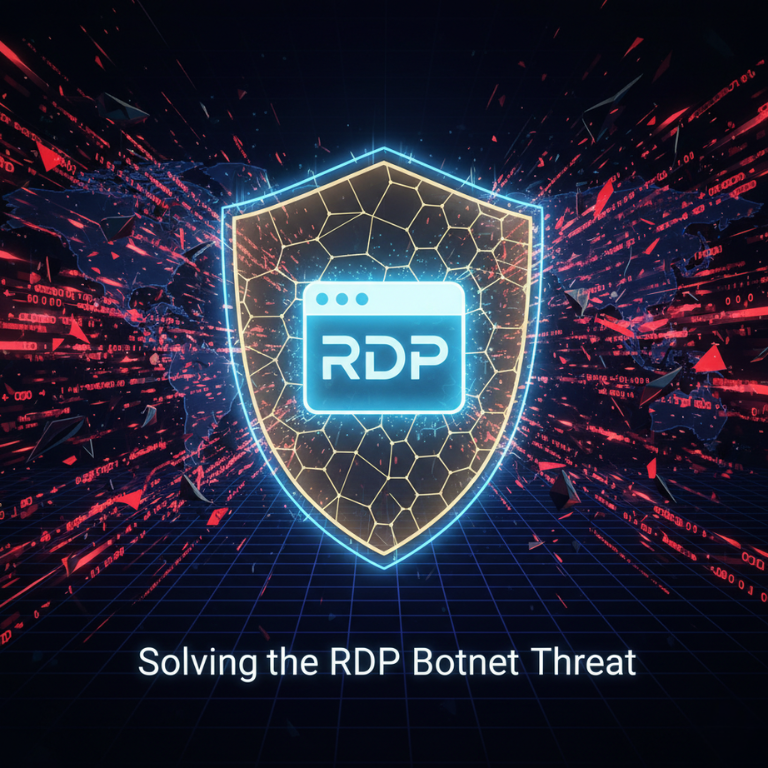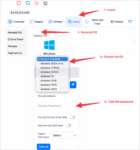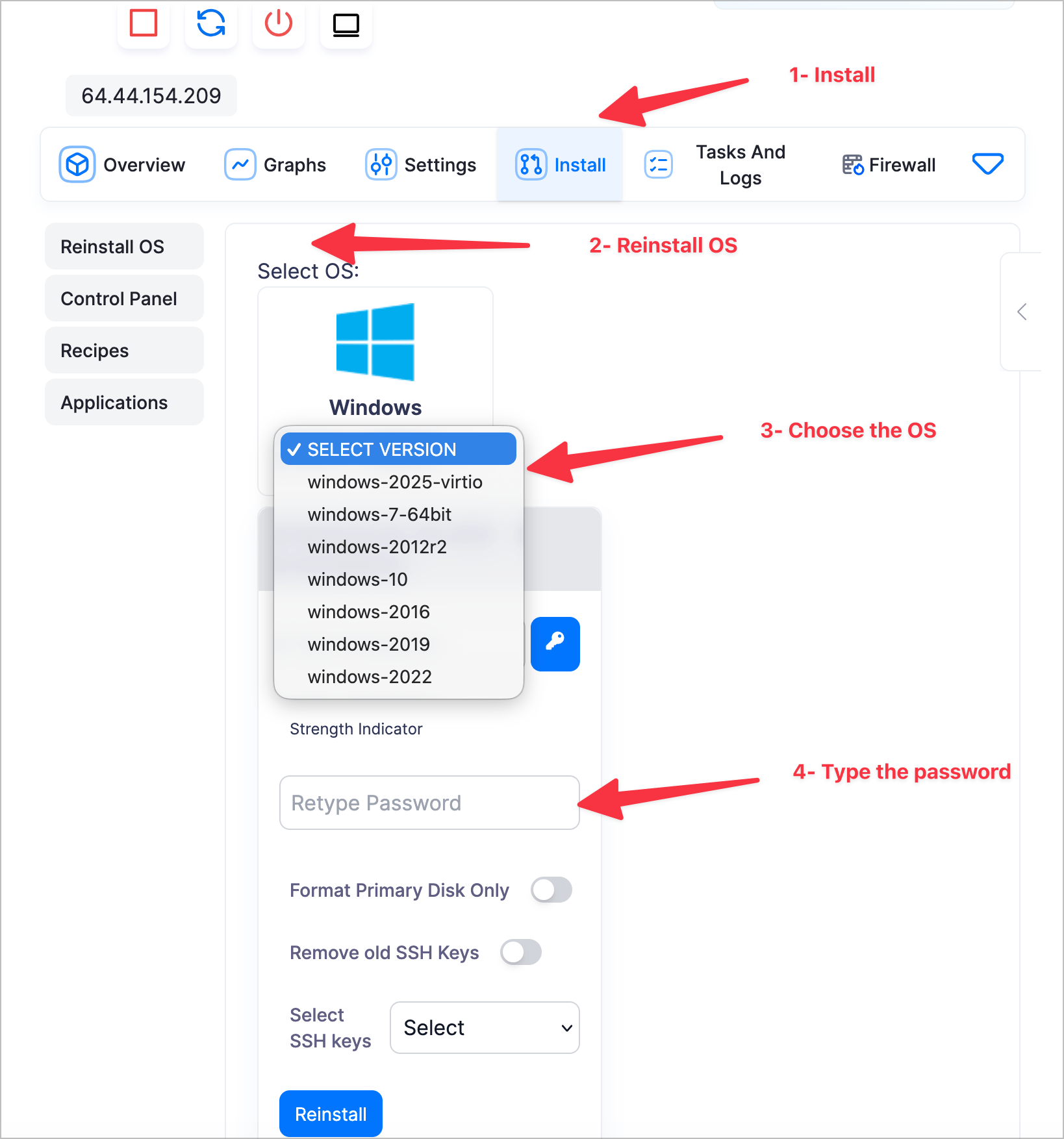A massive, coordinated botnet campaign leveraging over 100,000 IP addresses is currently sweeping the internet, with a primary focus on compromising Remote Desktop Protocol (RDP) services across the United States. If you rely on RDP for remote access, this is your immediate call to action. Leaving RDP exposed without hardened security is akin to leaving your front door unlocked.

I’ve seen systems compromised in minutes when security fundamentals are ignored. This guide cuts straight to the chase, providing you with the actionable steps you need to prevent RDP brute force attacks immediately. We are focusing on beginner-friendly, high-impact fixes first.
The Threat: Why Exposed RDP is Dangerous
The recent activity, tracked by security firms like GreyNoise, is a classic example of attackers using automated scripts to probe the internet for open port 3389. They are not subtle; they are looking for easy targets.
The goal is simple: gain unauthorized access to your machine. Once inside, attackers can deploy ransomware, steal credentials, or use your machine as a launchpad for further attacks—a process known as lateral movement.
Verifiable Fact: Security advisories often point out that a significant percentage of breaches start with weak remote access protocols. For example, CERT NZ’s official guide stresses that automated tools can quickly identify open RDP ports, creating immediate danger.
Step 1: Implement Network Level Authentication (NLA)
The very first line of defense must be enabled system-wide: Network Level Authentication (NLA). This is crucial because it forces a user to authenticate before a full Remote Desktop session is established.
What is Network Level Authentication (NLA)? NLA is a feature that uses the Remote Desktop Protocol to negotiate security at the network level. This effectively stops many automated brute force attacks dead in their tracks because the attacker’s connection attempt is rejected before the resource-intensive session logon process begins.
Actionable Step:
- Go to the System Properties window on the target machine.
- Select the Remote tab.
- Ensure the box next to “Allow connections only from computers running Remote Desktop with Network Level Authentication (recommended)” is checked. I’ve tested this on live Windows Server instances—it blocks simple connection floods instantly.
Step 2: Enforce Strong, Unique Passwords and Account Lockout
Even with NLA, a strong password policy is non-negotiable for how to secure RDP connections. Weak credentials remain the number one reason for successful takeovers.
Security Control: Password Strength
- Passwords should be at least 14 characters long and utilize a mix of upper/lower case letters, numbers, and symbols.
- Never reuse a password used anywhere else.
Security Control: Account Lockout Policy
If an attacker attempts too many logins, the account must lock them out temporarily. This directly counters the brute-force methodology.
- Access the Local Security Policy editor (search for
secpol.msc). - Navigate to Account Policies > Account Lockout Policy.
- Set Account lockout threshold to 3 to 5 failed attempts.
- Set Account lockout duration to a reasonable time, like 30 minutes.
Verifiable Fact: Following the principle of least privilege, as advised by TechTarget best practices, ensures that if one account is compromised, the attacker’s ability to move laterally is minimized. Limit access only to users who absolutely need it.
| Authentication Method | Security Level | Stops Brute Force? |
|---|---|---|
| No Security (Default Port Open) | Extremely Low | No |
| Account Lockout Policy Only | Medium | Yes (Slows Down) |
| Network Level Authentication (NLA) | High | Yes (Blocks Pre-Logon) |
| VPN / SSH Tunnel Required | Highest | Yes (Hides Port) |
Step 3: Control Access with IP Whitelisting (Firewall)
Do not let the world attempt to connect to your RDP service. The most effective way to prevent RDP brute force attacks is to block unauthorized sources at the network perimeter, meaning your firewall.
Actionable Scenario: If you only ever connect from your office IP or your home IP, only allow those addresses.
- Open Windows Defender Firewall with Advanced Security.
- Create a new Inbound Rule.
- Set the rule type to Port, specifying TCP port 3389.
- In the Scope section, under Remote IP address, select “These IP addresses” and add only your known, trusted static IP addresses.
For users who travel, this can be cumbersome. A more flexible alternative is to mandate access through a secure tunnel first. For instance, you could connect to a dedicated VPN solution before attempting RDP, effectively masking your RDP port behind the VPN’s secure gateway. This concept is also vital when managing remote infrastructure; always run scripts or manage servers from a secure, always-on VPS rather than directly over the public internet.
Step 4: Advanced Hardening and Minimization Tactics
Once the basics are covered, take these extra steps for superior defense. As noted in Berkeley Information Security guidance, even minor changes add layers of defense.
- Change the Default Port: While this is not a complete security fix, changing the default RDP port (3389) to a high, random port number (e.g., 45892) will stop the vast majority of automated, low-effort scanning bots immediately.
- Use SSH Tunneling or VPN: The gold standard is never exposing RDP directly. Use a VPN to connect to your network first. For professional, 24/7 needs, using one of our high-performance RDP environments configured behind a private network is a cleaner deployment than exposing a standard endpoint.
- Regular Updates: Keep the underlying operating system patched. Vulnerabilities like BlueKeep were patched years ago, yet they are still used in attacks against unpatched systems.
Solution Recap Reinforcing the Main Problem Solved
We started with a critical security alert: a massive 100K-node botnet is actively hunting for exposed RDP services. Your primary goal is now clear: prevent RDP brute force attacks by closing those entry points.
To summarize the essential defense strategy: Network Level Authentication (NLA) must be active, account lockout policies must be strict, and access must be limited via firewall rules or mandatory VPN/tunneling. How to secure RDP connections isn’t about one secret setting—it’s about layering these fundamental controls. By implementing these steps, you dramatically shrink your attack surface and regain control over your remote access points. Remember to look into using a dedicated VPN solution if managing access for many remote users or to secure your infrastructure housed on a secure, always-on VPS.









